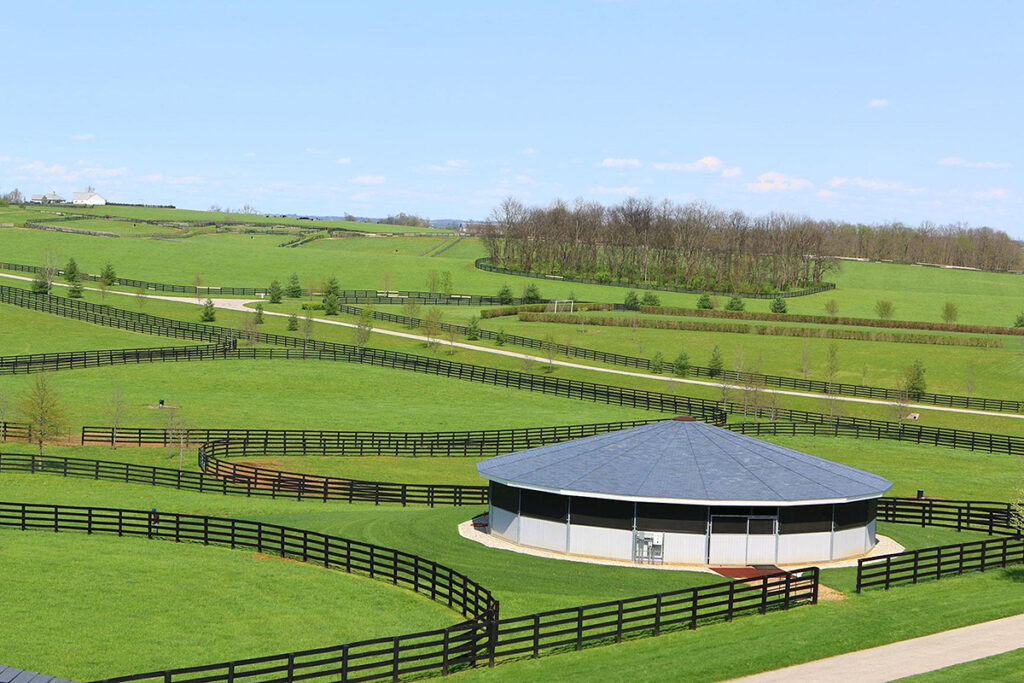Landowners, Ranchland
- August 22, 2018
-
Views: 536
The American Landowner: Sarah King
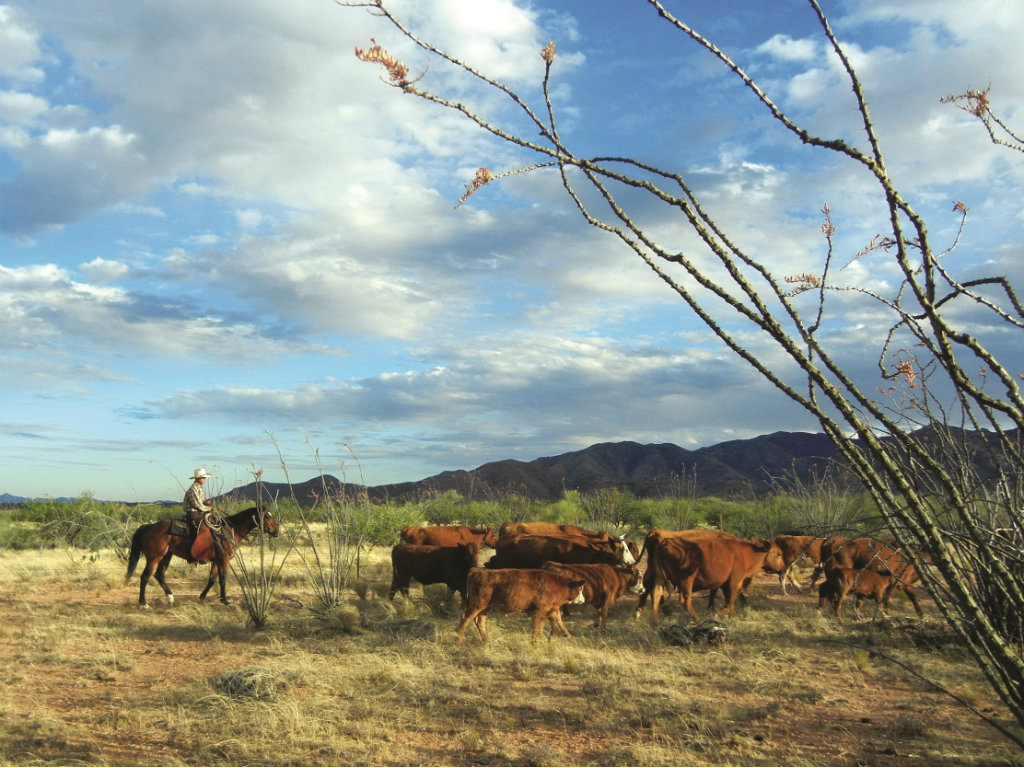
Warning: Undefined array key "separator_height" in /home/domains/dev.landreport.com/public/wp-content/plugins/jet-tricks/includes/addons/jet-unfold-widget.php on line 942
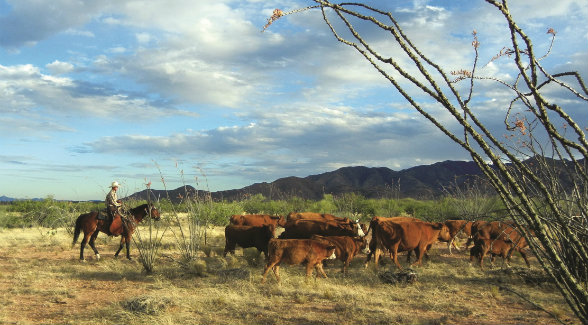
Text by Lesli Allison | Photography by Sarah King, Heidi Crnkovic, and Ziemba Photographic
Daily challenges have always been inherent to ranching in the West and there are no shortages of them in the Altar Valley, located south of Tucson in Pima County. Ranches just north of the Mexican border operate at ground zero when it comes to immigration and border security issues. Development sprawl, watershed health and water supply, endangered species, historic cultural preservation, and public access amid a checkerboard of public and private lands are all part of life in this arid and exquisitely beautiful landscape.
 To Altar Valley rancher Sarah King, attitude defines the outcomes. “When there are challenges, you can choose to be negative, or you can find the positives,” she says.
To Altar Valley rancher Sarah King, attitude defines the outcomes. “When there are challenges, you can choose to be negative, or you can find the positives,” she says.
King embodies the latter in her family’s ranching operation and her work with the rancher-led Altar Valley Conservation Alliance. Her husband, Joe King, is the fourth generation of his family on the Anvil Ranch; her children, Evelyn, 3, and George, 1, the fifth. Established in 1895, the Anvil is a cow-calf operation.
Starting in the early 1990s, the Kings and their neighbors began banding together to meet the formidable challenges of ranching in south Pima County. “Tucson was in the middle of a huge housing boom, development was sprawling, county planning was getting underway,” King says. “There was a lot of conflict with environmental groups. ‘Cattle Free in ’93’ was a goal for some of those groups and there was a lot of disjointedness.”
Concerned, Joe’s father, John King, and his neighbor, Charley Miller, invited members of the Malpai Borderlands Group (MBG) for a visit. The MBG is an alliance of ranchers, environmentalists and public agencies working to find collaborative solutions to the same kinds of challenges the Altar Valley was facing. Following that visit, the ranchers of the Altar Valley formed a similar organization, the Altar Valley Conservation Alliance.
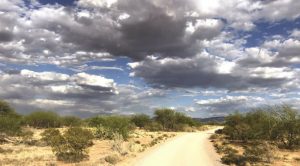
Since that time, the Alliance has partnered with Pima County and other stakeholders in the development of Pima County’s Sonoran Desert Conservation Plan. As part of the plan, the county acquired ranches at risk of development in the Altar Valley and then leased them back to ranchers to keep the lands working, in open space, and spared from development. A second major project has been the reintroduction of fire to the valley.
“Fire was part of the natural cycle of the ecosystem out here,” Sarah King says. “Once humans were on the landscape in the early 1900s, they started suppressing fires. That’s resulted in overgrowth of woody species. So what we are looking to do with prescribed fire is burn back some of the woody species to restore the grasslands and the natural cycle of the ecosystem. It also helps reduce the risk of a big wildfire.”
Once upon a time, ranchers (and indigenous people before them) who wanted to burn off brush could just light a fire and let it burn across the open country. Those days are long gone. Prescribed fire is an important and cost-effective management tool for land managers across the West’s fire-adapted ecosystems, but the risks and liabilities are too great today for most ranches to implement burns on their own. “In this current landscape, you need other people to accomplish burning and a lot of other conservation goals,” King says. “In the process, you need to be open to working with others in a group setting. You’re not being realistic if you don’t think you need someone else in the process.”
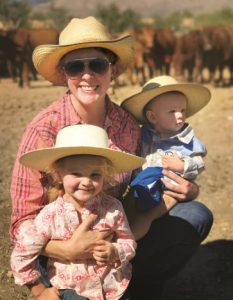 Through the Alliance, ranchers in the Altar Valley work with agencies and non-profit organizations to put the element of fire back into the ecosystem. This not only restores grasslands, but it benefits the entire watershed in the process. “Pulling all the stakeholders together in a room, it becomes a really collaborative atmosphere of someone saying ‘my agency can do this’ and someone else saying ‘we could fill in with that.’ It’s a really positive way to get things done on the ground,” she says.
Through the Alliance, ranchers in the Altar Valley work with agencies and non-profit organizations to put the element of fire back into the ecosystem. This not only restores grasslands, but it benefits the entire watershed in the process. “Pulling all the stakeholders together in a room, it becomes a really collaborative atmosphere of someone saying ‘my agency can do this’ and someone else saying ‘we could fill in with that.’ It’s a really positive way to get things done on the ground,” she says.
They’ve also tackled many of the other issues together. While solutions aren’t always easy, the process itself builds relationships and a sense of community. “Having to speak to people and interact with them in a setting forces you to see them as humans rather than just talking heads. Working side by side, being out on the ground together, we find a lot of common agreement. I think, in general, the biggest thing in the West at the moment – and maybe even across the nation – is that everybody needs to keep talking to one another. It can be tempting to get frustrated and just want to turn inward, but the more conversations you have with people, the more human they are, and the more they will want to work with you on common goals. Working on concrete projects on the ground with all the parties involved is the secret we have found to successful collaborative conservation,” King says.
Warning: Undefined array key 0 in /home/domains/dev.landreport.com/public/wp-content/plugins/elementor-pro/modules/dynamic-tags/acf/tags/acf-url.php on line 34
Warning: Undefined array key 1 in /home/domains/dev.landreport.com/public/wp-content/plugins/elementor-pro/modules/dynamic-tags/acf/tags/acf-url.php on line 34
RELATED ARTICLES
America's Aristocrats: Gardiner's Island
Fly into JFK, look toward the setting sun, and you see Manhattan, the city that …
Pristine Texas Coastal Haven Preserved
A multipartner coalition acquires the 17,351-acre Powderhorn Ranch for $37.7 million. On August 21, 2014, …
Adena Springs
DESIGNED FOR HORSEMEN BY HORSEMEN Highly improved multi-use farm or equestrian facility – subdivision possible …
Elk Creek Ranch Acquires Seven Lakes
For those who are passionate about outdoor pursuits, the next great adventure can’t come soon enough.



